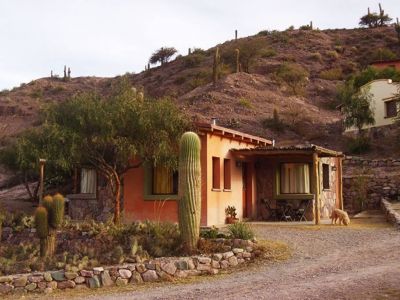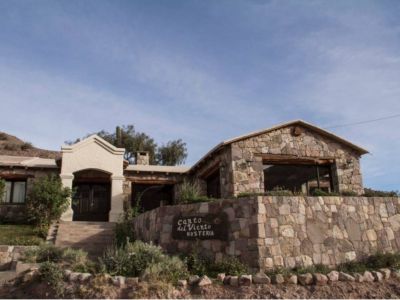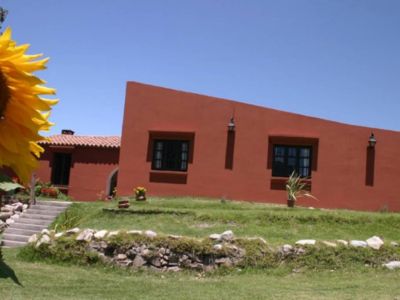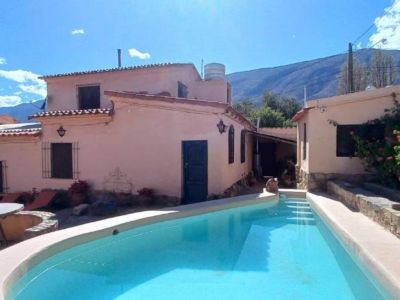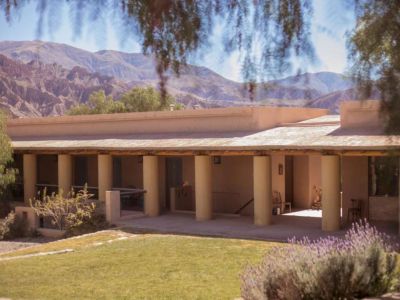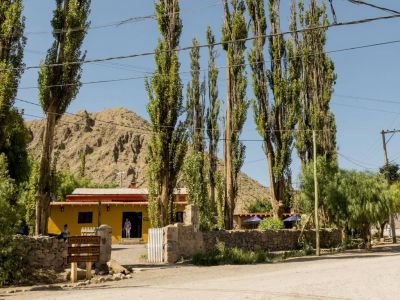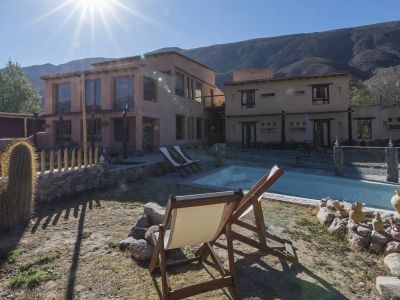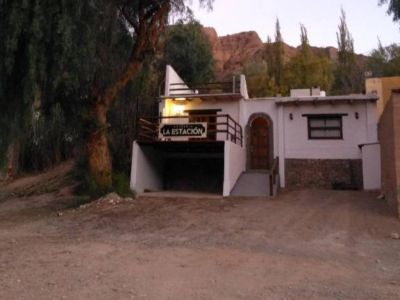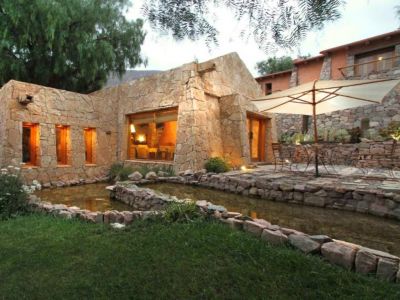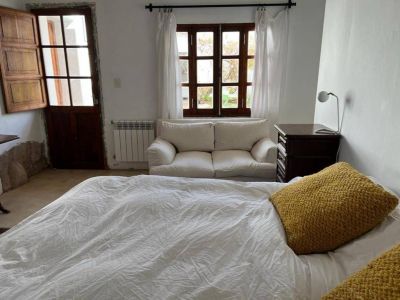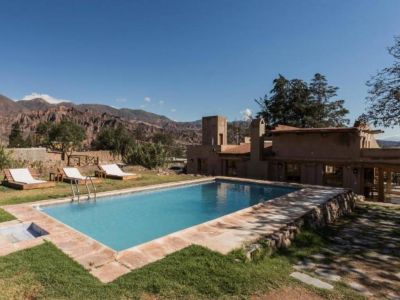There is no doubt that the Devil has found work for idle hands in the Argentinian North. Utama, which means "your house" in the Aymará tongue, gives a perfect portrait of the region, where pottery and painting are faithful protagonists.
Haro Galli, A Master Emilio Haro Galli is 52 years old and his artistic print is not only reflected all around
Tilcara, where his murals or grafittis are well-known, but his figures may also be seen all across the Northwest. He presents exhibitions in
Buenos Aires, in
Rosario, in La Paz and Cuzco on a regular basis. Not only does his work show characters from the Argentinian North but also the way in which they co-exist, what they believe in and what sense they give to life, thus perfectly representing beliefs, knowledge, visions, passions and experiences of men and women from the Argentinian North. Its women weaving or chewing coca, its men harvesting grapes to make wine or fighting, its devils or its witches, its suns or its moons are some characteristic elements present in the paintings and sculptures, which are so many that there is not enough room inside the studio to keep them.
Speak of the Devil Popular knowledge assures that the Devil exists in this region and that each of us has the Devil inside of us. Once in a while, the Devil comes to surface and it is during carnival that it leaves the body and frees man. Or in fact it is men who let this happen: they let the Devil inside out for one month. The truth is that these visions of life are manifested artistically and that the Devil is a protagonist in the paintings, in plastic arts, as well as in literature and music. The famous carnival of Tilcara, which is celebrated during February and that is traditionally buried early in March, is a clear example of the prominence acquired by the Devil. Pablo Etchevers
Gentileza Cecilia Hauff Colcombet






















